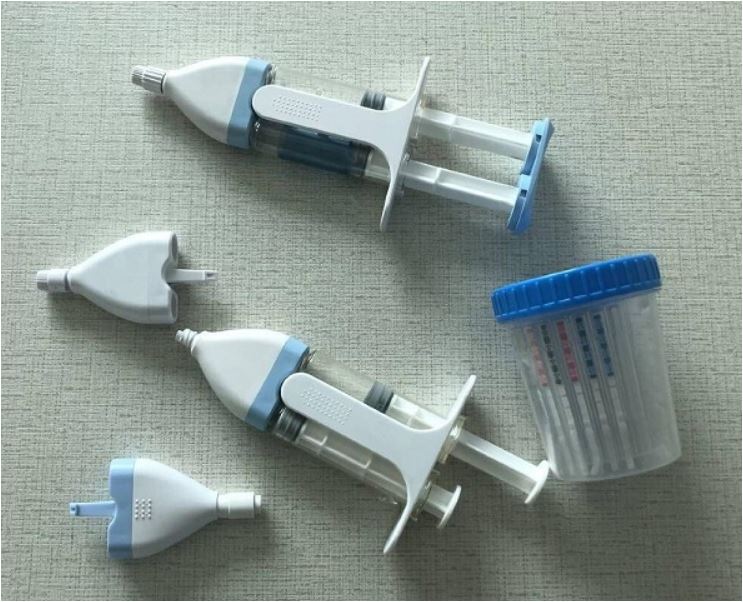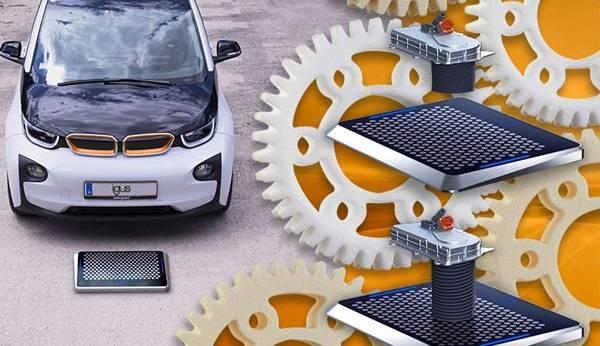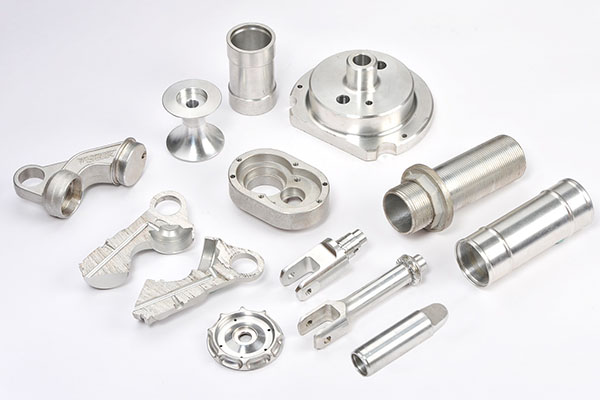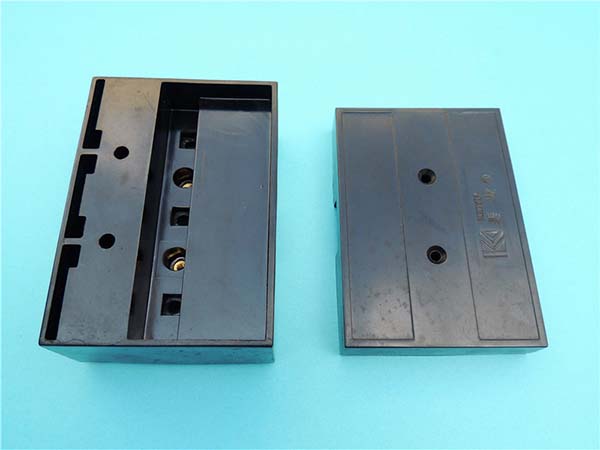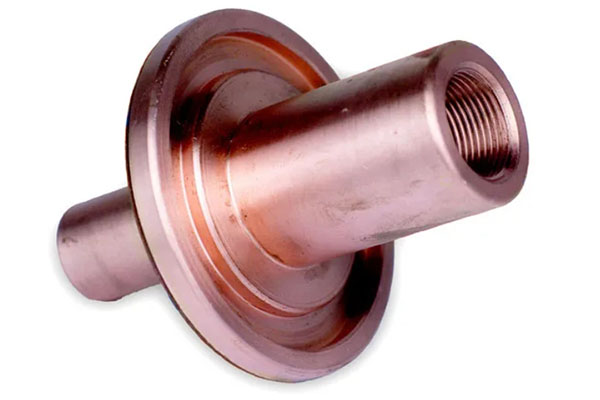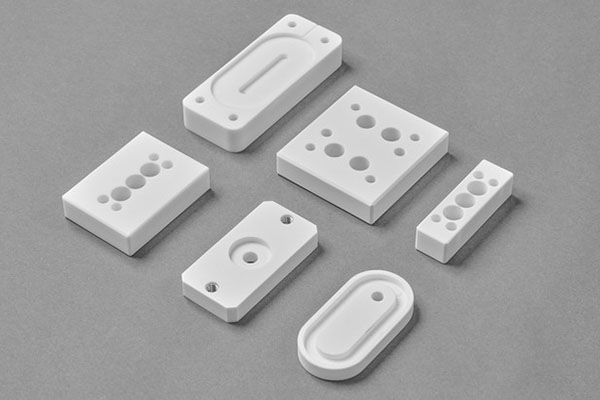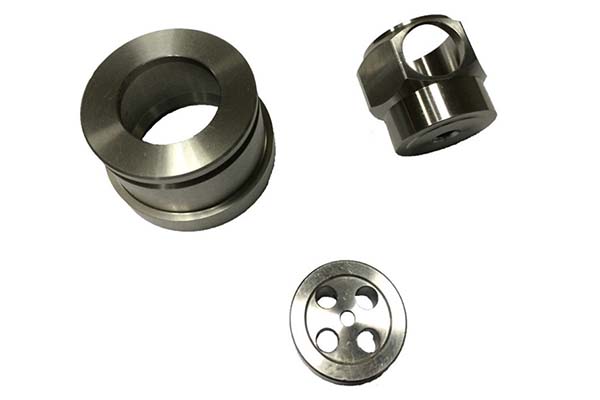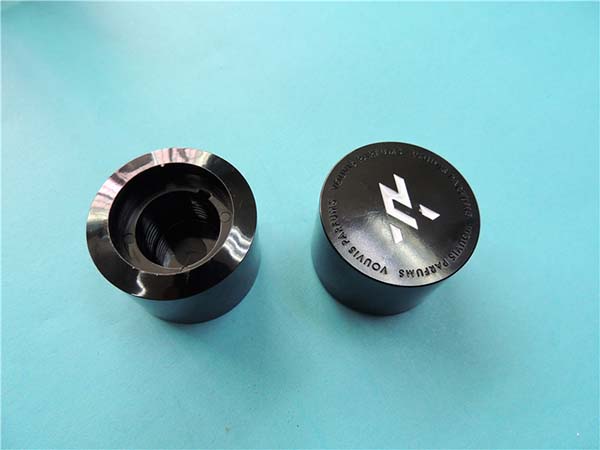What is 3D Rapid Prototyping?
3D rapid prototyping, also known as 3D printing or additive manufacturing, is a revolutionary digital manufacturing technology that has transformed the way products are designed and developed. It involves the creation of a physical object from a three - dimensional digital model by adding layer upon layer of material.
The process begins with a 3D model, which can be created using computer - aided design (CAD) software, 3D scanning, or even from a digital file obtained from other sources. Once the 3D model is ready, it is sliced into thin cross - sectional layers by the 3D printing software. These layer - by - layer instructions are then sent to the 3D printer.
The printer reads the instructions and deposits materials such as plastic, metal, ceramic, or even biological materials in precise patterns, building up the object one layer at a time. For example, in fused deposition modeling (FDM), one of the most common 3D printing techniques, a heated nozzle extrudes a thin filament of molten plastic, which solidifies as it cools, creating each layer. In selective laser sintering (SLS), a high - power laser is used to sinter powdered materials together to form the layers.
Unlike traditional manufacturing methods, which often involve subtractive processes like cutting, milling, or drilling away excess material, 3D rapid prototyping is an additive process. This means that it only uses the amount of material necessary to build the object, resulting in significantly less material waste. Additionally, 3D printing allows for the creation of complex geometries and internal structures that would be extremely difficult or even impossible to achieve with traditional manufacturing techniques. For instance, lattice structures that are both lightweight and strong can be easily printed, which are highly desirable in aerospace and automotive applications for reducing weight and improving fuel efficiency.
How Does 3D Rapid Prototyping Work?
The process of 3D rapid prototyping is a fascinating blend of digital technology and material deposition, involving several key steps.
Designing the 3D Model
The journey begins with creating a 3D model. This is typically done using computer - aided design (CAD) software. CAD software offers a wide range of tools for designers and engineers. For example, in Autodesk Inventor, one of the popular CAD software, you can start with basic geometric shapes like cubes, cylinders, and spheres. Then, through operations such as extrusion, where you can turn a 2D shape into a 3D solid by adding depth, and boolean operations (union, subtraction, intersection), you can combine or modify these basic shapes to create complex models. You can also import scanned data or use parametric design techniques, which allow you to define relationships between different parts of the model. This means that if you change one parameter, such as the length of a rod in a mechanical part, all the related dimensions and features will automatically update.
Slicing the Model
Once the 3D model is ready, it needs to be sliced into multiple two - dimensional layers. Specialized slicing software, like Cura for FDM printers or PreForm for Formlabs' stereolithography printers, is used for this purpose. The slicing process involves dividing the 3D model into thin cross - sections. The thickness of these layers, known as the layer height, is a crucial parameter. A smaller layer height, say 0.1mm, will result in a smoother surface finish but will also increase the printing time. On the other hand, a larger layer height, like 0.3mm, will speed up the printing process but may lead to a more noticeable layer - by - layer appearance on the final product. Other slicing parameters include infill density (the percentage of material inside the object, which affects its strength and weight), support structure generation (used to hold up overhanging parts during printing), and print speed.
Printing the Layers
After slicing, the 3D printer takes over. In a fused deposition modeling (FDM) 3D printer, a spool of thermoplastic filament, such as PLA (polylactic acid) or ABS (acrylonitrile butadiene styrene), is fed into a heated extruder nozzle. The nozzle heats the filament to its melting point and then extrudes it in a precise pattern according to the sliced data. Each layer is deposited on top of the previous one, and as the plastic cools, it bonds to the layer below. In a stereolithography (SLA) 3D printer, a vat of photosensitive resin is used. A laser beam traces the cross - sectional shape of each layer onto the surface of the resin, curing it and solidifying the layer. This process is repeated layer by layer until the entire 3D object is built.
Post - processing
Once the printing is complete, post - processing steps are often necessary. First, the support structures, which were used to hold up the object during printing, need to be removed. In some cases, they can be simply broken off, while in others, they may require careful cutting or dissolving in a chemical bath. After removing the supports, the object may have rough edges or a layer - textured surface. Sanding can be used to smooth the surface, and polishing can be applied to achieve a high - gloss finish. For aesthetic purposes or to add functionality, the object can also be painted. For example, a 3D - printed figurine can be painted with acrylic paints to give it a more realistic look, or a 3D - printed mechanical part can be coated with a protective paint to prevent corrosion.
Applications of 3D Rapid Prototyping
3D rapid prototyping has found its way into a wide array of industries, revolutionizing the way products are created and services are delivered.
In the Manufacturing Industry
In manufacturing, 3D rapid prototyping is a game - changer. It enables the quick production of prototypes for new product designs. For example, when developing a new smartphone, the manufacturer can use 3D printing to create a prototype of the phone's casing within a few days. This allows for rapid design iteration, reducing the time from concept to market.
Custom - made products are also made possible with ease. Suppose a company wants to produce personalized tools for its workers based on their hand sizes and usage habits. 3D printing can create these customized tools, improving ergonomics and productivity. Additionally, for small - batch production, 3D printing is cost - effective. Traditional manufacturing methods often require expensive molds, which are not feasible for small production runs. With 3D printing, each part can be printed directly, eliminating the need for molds. For instance, a small - scale automotive parts manufacturer can produce limited - edition car parts using 3D printing without the high setup costs associated with traditional manufacturing.
In the Medical Field
The medical field has embraced 3D rapid prototyping with open arms. One of the most significant applications is in the creation of personalized medical devices. For example, orthodontic braces can be custom - printed for each patient. By scanning the patient's teeth, a 3D model is created, and then braces that fit the patient's teeth perfectly can be printed. This not only improves the effectiveness of the treatment but also enhances patient comfort.
Prosthetics are another area where 3D printing has made a huge impact. A child born with a limb deficiency can receive a custom - made 3D - printed prosthetic limb. The limb can be designed to fit the child's body shape and growth rate, providing a better fit and functionality compared to off - the - shelf prosthetics. 3D printing is also used to create organ models for surgical planning. Surgeons can print a 3D model of a patient's heart or liver based on their medical imaging data. This allows them to practice complex surgical procedures on the model, reducing the risks during the actual surgery.
In the Architecture and Construction Sectors
In architecture, 3D rapid prototyping is used to create detailed building models. Architects can transform their digital designs into physical models quickly. For a large - scale commercial building project, a 3D - printed model can help clients visualize the final structure, including the layout of rooms, the placement of windows, and the overall aesthetic. This aids in making informed decisions during the design phase.
In construction, 3D printing is even being used to print building components directly. Some companies are experimenting with 3D - printed concrete walls. These walls can be printed on - site, reducing the need for traditional construction methods like brick - laying. This not only speeds up the construction process but also reduces labor costs. Additionally, 3D - printed building components can be designed with complex geometries, adding unique architectural features to buildings that would be difficult to achieve with traditional construction techniques.
Yigu Technology's View
As a non - standard plastic and metal products custom supplier, Yigu Technology highly values 3D rapid prototyping. This technology has become an indispensable part of our custom product development process.
In custom plastic and metal product manufacturing, 3D rapid prototyping allows us to quickly transform complex and unique design concepts into physical prototypes. For example, when creating custom - shaped plastic enclosures or metal components with intricate internal structures, we can use 3D printing to produce prototypes in a short time. This not only significantly reduces the time - to - market for our customers' new products but also enables cost - effective design iterations.
Our company's advantage lies in being able to leverage 3D rapid prototyping to handle small - batch and highly customized production orders. We can adjust the design and production process according to each customer's specific requirements, ensuring high - quality and personalized products. By integrating 3D rapid prototyping into our production line, we can provide more flexible and efficient services, meeting the diverse needs of the market.
FAQs
What types of materials can be used for 3D rapid prototyping?
A wide variety of materials can be used for 3D rapid prototyping. Common ones include plastics like PLA (polylactic acid), which is biodegradable and easy to print, and ABS (acrylonitrile butadiene styrene), known for its strength and heat resistance. Metals such as aluminum, titanium, and stainless steel are also used, especially in applications where high strength and durability are required, like in aerospace and automotive industries. Ceramics can be 3D - printed to create objects with high heat resistance and unique aesthetic properties. Additionally, there are specialized materials like flexible polymers for creating items with elastic properties, and even some composite materials that combine the advantages of multiple materials.
How accurate is 3D rapid prototyping?
The accuracy of 3D rapid prototyping depends on several factors, including the type of 3D printer, the material used, and the printing process. Generally, desktop 3D printers can achieve an accuracy of around ±0.1 - 0.4 mm. High - end industrial 3D printers, on the other hand, can be much more precise, with an accuracy of up to ±0.01 mm or even better in some cases. For example, in stereolithography (SLA) 3D printing, which is known for its high - resolution capabilities, the layer thickness can be as small as 0.05 mm, contributing to a high - precision final product. However, factors like material shrinkage during cooling (especially in plastic - based 3D printing) and the mechanical tolerances of the printer can affect the overall accuracy.
Can 3D rapid prototyping be used for large - scale production?
3D rapid prototyping has some potential for large - scale production but also faces limitations. One advantage is its ability to produce customized parts without the need for expensive molds, which can be cost - effective for small - to medium - scale production runs. It also allows for on - demand manufacturing, reducing inventory costs. However, the speed of 3D printing is often much slower compared to traditional mass - production methods like injection molding. For example, a single 3D - printed plastic part may take hours to complete, while an injection - molded part can be produced in a matter of seconds. Additionally, the cost of materials and 3D printing equipment for large - scale production can be high. But with the continuous development of 3D printing technology, such as the emergence of high - speed 3D printers and more affordable materials, its feasibility for large - scale production is gradually increasing.
